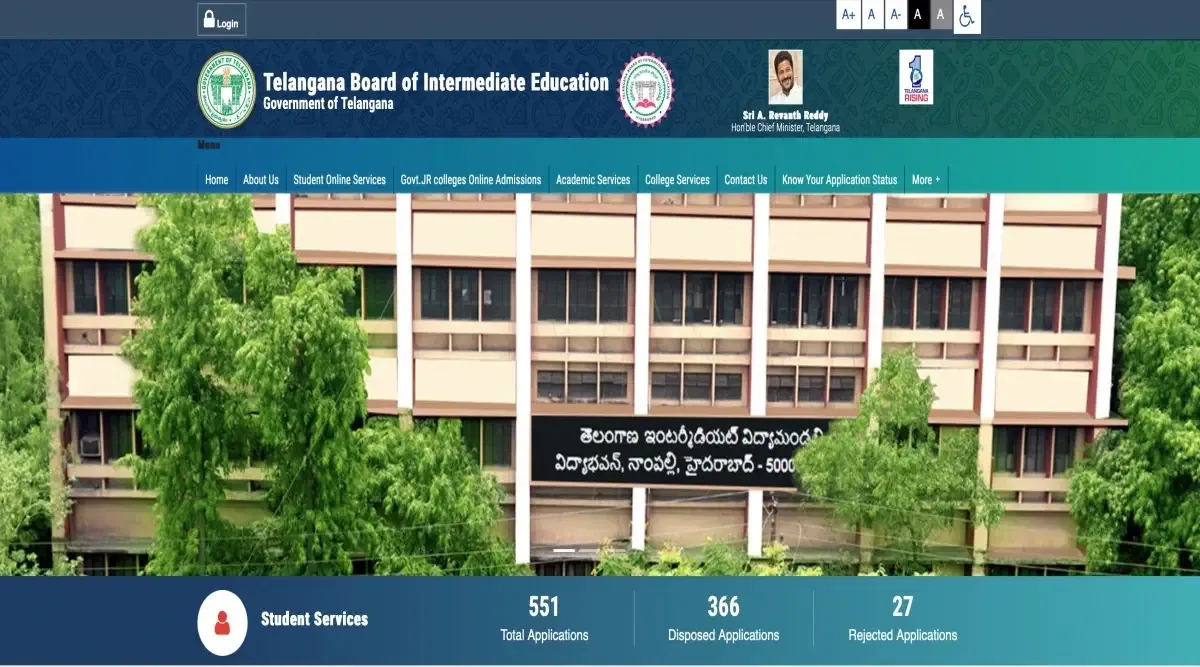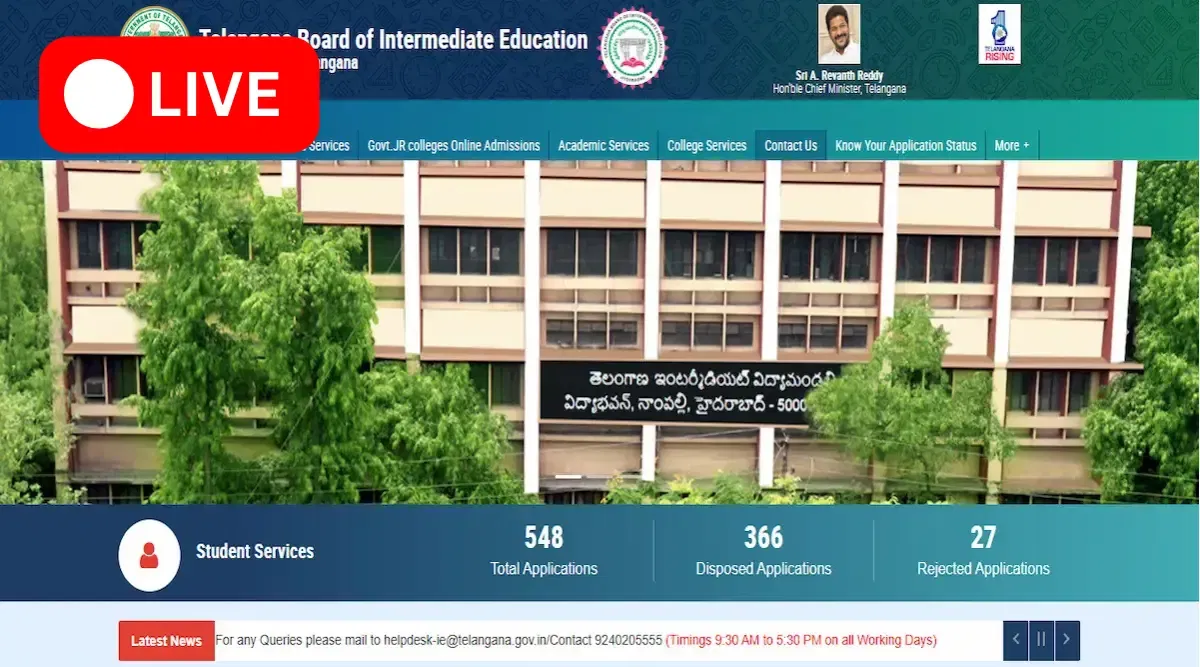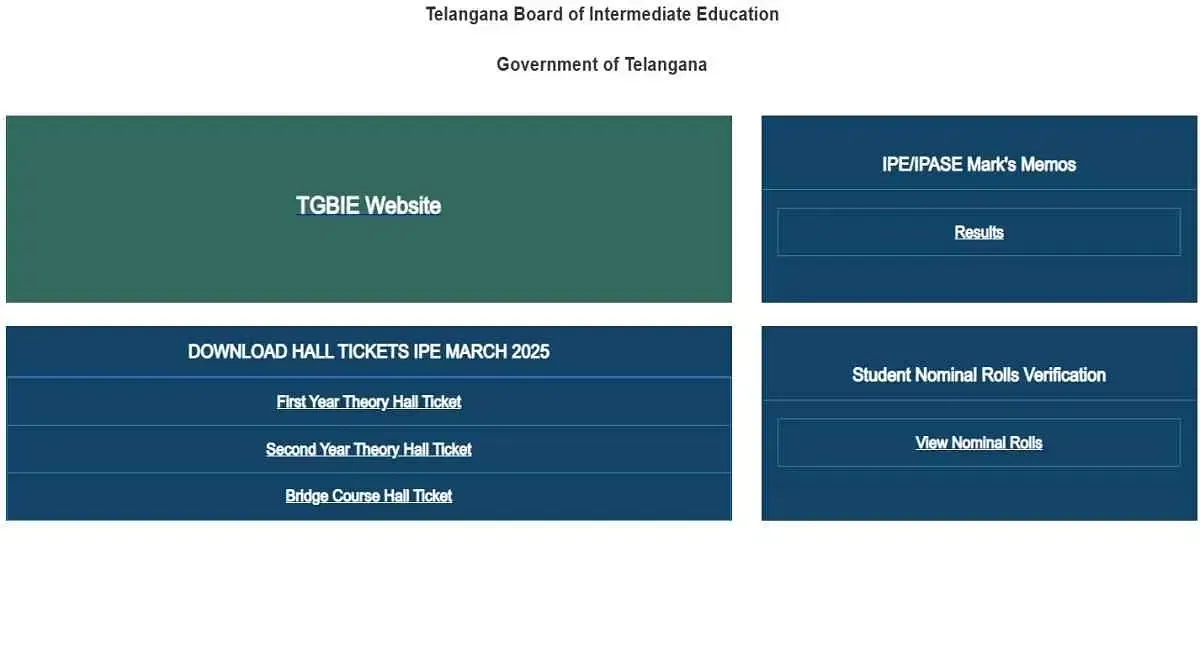A NAAC accreditation ensures the quality of education in higher education institutions. The institutions are graded from A++ to D based on different parameters and a rigorous assessment.
Table of Contents
What is NAAC Accreditation? NAAC accreditation is a prestigious benchmark used to evaluate the quality of higher education institutions in India. Earning NAAC accreditation demonstrates your commitment to providing a well-rounded educational experience and can give your students a competitive edge in the job market.
The National Assessment and Accreditation Council (NAAC) evaluation is focused on Curricular Aspects, Teaching-Learning and Evaluation, Research, Consultation and Extension, Infrastructure and Learning Resources, Student Support and Progression, Governance, Leadership and Management, and Innovations and Best Practices.
What is NAAC Accreditation?
NAAC certification is a measure used to evaluate and guarantee the quality of education given by higher education institutions across the country. The University Grant Commission (UGC) has issued a regulation requiring all universities and professors to obtain certification from the National Assessment and Accreditation Council (NAAC).
The NAAC accreditation process focuses on enhancing educational quality. Unlike the traditional educational system, the NAAC attempts to boost students' total development by assisting them in instilling skills and knowledge through education.
NAAC-accredited universities provide quality education to their students. As a result, institutions that want to improve student learning outcomes by implementing best practices should endeavour to obtain NAAC accreditation.
The primary goal of NAAC in performing accreditation in colleges and higher education institutes is to foster an understanding of the status of education quality among the institutes.
The NAAC body develops a set of standards that educational institutes can use to determine if they are eligible to apply for NAAC accreditation. It allows access to both federal and state financing programs. Furthermore, it fosters private sector confidence among institutes and facilitates the transfer of student credits.
Also Read: Top 10 NAAC Accreditation Colleges: A++, A+, A, B++, B+, B, & C Grades
Importance of NAAC Accreditation
Continuous Assessment and SWOT Analysis
SWOT Analysis The NAAC accreditation process involves a thorough review of education institutions' strengths, weaknesses, opportunities, and threats. It is a continual process to improve NAAC grades, which benefits both HEIs and students as they choose the best college.
Improves educational quality
Colleges and universities benefit from SWOT analysis because it provides a clear picture of growth opportunities. They recognize the necessity of planning to improve the quality of education and operations, as well as the proper allocation of resources.
Streamlines internal processes and communication
To ensure a successful NAAC accreditation process, educational institutions must prioritize continuous communication between internal departments and external authorities. This removes any hurdles, misunderstandings, or gaps that impede faculty-student connections.
Maximizes Recruitment Rate
NAAC accreditation influences recruitment. NAAC gives credibility to the courses offered by that college and guides them to follow best practices. Employers want to hire candidates from these universities because they promise superior skills, expertise, and knowledge.
Encourages innovative teaching
NAAC accreditation provides the path for new and innovative educational approaches. Teachers are encouraged to have a holistic and efficient approach to teaching, which improves the reputation of schools.
Also Read: List of NAAC A++ Universities in India 2024
Benefits of NAAC Accreditation for Students
The NAAC accreditation, at present, is advantageous for students and universities. The NAAC A+ grade is very good for any college or university and it is closely associated with the overall students’ personality development. This grading system separates the best colleges or universities from the average or low-quality ones thus making it easier for the students to select the institutions with quality infrastructure, resources, amenities, faculty, teaching, and research.
Universities with NAAC accreditation have good structures and facilities that are equipped with modern resources. They have better technologies and resources to motivate learners for a better future. These are the basic demands in an institute that contribute towards the development of the student’s skills and talent.
NAAC-accredited universities have excellent teams of faculty comprising learned scholars, researchers, professors, lecturers, and other subject specialists. They find many ways and strategies how to make learning enjoyable and stimulating for the students. These universities also organize several training programs for faculty development.
Besides academics, learners’ development depends on co-curricular activities. NAAC evaluates the institutions based on the creativity and innovation measures that are implemented. The practices are executed carefully in accredited universities and the students are engaged in all events, programs, workshops, and seminars.
Also Read: Top Private Universities in South India 2024
NAAC vs. NIRF Ranking
The National Institutional Ranking Framework (NIRF) rates institutions and universities based on five criteria: teaching, learning, and resources, research and professional practices, graduation outcomes, outreach and inclusivity, and perception. On the other side, NAAC ensures the quality of education at higher education institutions.A comparison of NIRF and NAAC can be made based on the functions of each government institution.
| Parameters | NAAC | NIRF |
| Established By | University Grants Commission (UGC) | Ministry of Education, Government of India |
| Year of Establishment | 1994 | 2015 |
| Purpose | Accreditation and quality assessment of institutions | Ranking institutions based on performance |
| Focus Areas | Institutional quality in teaching, learning, research, infrastructure, and governance | Performance in teaching, learning resources, research, graduation outcomes, outreach, and inclusivity |
| Evaluation Method | Peer review by expert teams, self-assessment by institutions | Data submission by institutions, performance metrics |
| Outcome | Accreditation of grades (A++, A+, A, B++, etc.) | Ranking positions (1st, 2nd, 3rd, etc.) |
| Fees | Fees vary based on the institution type and size | Does not charge any fees |
| Frequency | Once every 5 years | Once a year |
| Key Parameters | Curricular aspects, teaching-learning process, research, infrastructure, student support, governance, and institutional values | Teaching, learning, resources, research, professional practices, graduation outcomes, outreach, and inclusivity |
| Usage | Used by institutions for quality enhancement and funding decisions | Used by students and stakeholders for choosing institutions |
Also Read: NIRF vs NAAC: Differences, Ranking Parameters, Criteria
NAAC Criteria-wise Weightage
NAAC has classified Higher Educational Institutions into three major categories: University, Autonomous College, and Affiliated/Constituent Colleges. It has allocated varied weights to the seven criteria in various aspects based on how these three categories of HEIs operate and what their organizational focus is. The table below shows the criteria-based weightage assigned to three types of higher education institutions.
|
NAAC Criteria |
NAAC Weightage |
|||
|
Curricular Aspects |
150 (U) |
150 (AU) |
100 (Aff UG) |
100 (Aff PG) |
|
Teaching-learning & Evaluation |
200 (U) |
300 (AU) |
350 (Aff UG) |
350 (Aff PG) |
|
Research, Innovations & Extension |
250 (U) |
150 (AU) |
110 (Aff UG) |
120 (Aff PG) |
|
Infrastructure & Learning Resources |
100 (U) |
100 (AU) |
100 (Aff UG) |
100 (Aff PG) |
|
Student Support & Progression |
100 (U) |
100 (AU) |
140 (Aff UG) |
130 (Aff PG) |
|
Governance, Leadership & Management |
100 (U) |
100 (AU) |
100 (Aff UG) |
100 (Aff PG) |
|
Institutional Values & Best Practices |
100 (U) |
100 (AU) |
100 (Aff UG) |
100 (Aff PG) |
Also Read: Top Private Universities in North India
NAAC Grading System
The NAAC Grading System for each institution is based on seven essential factors. Each major component is assessed according to four categories which are:
- A (Very Good)
- B (Good).
- C (satisfactory level).
- D (Unsatisfactory Level)
The total score of all factors is given a weightage. The GPA is determined, and the cumulative GPA is obtained from the seven GPAs associated with seven criteria. The table below displays the ranges of the institutional cumulative grade point average (CGPA).
|
Ranges of Institutional Cumulative Grade Point Average (CGPA) |
Letter Grade |
Status |
|
3.51 - 4.00 |
A++ |
Accredited |
|
3.26 - 3.50 |
A+ |
Accredited |
|
3.01 - 3.25 |
A |
Accredited |
|
2.76 - 3.00 |
B++ |
Accredited |
|
2.51 - 2.75 |
B+ |
Accredited |
|
2.01 - 2.50 |
B |
Accredited |
|
1.51 - 2.00 |
C |
Accredited |
|
<= 1.50 |
D |
Not accredited |
Also Read: NIRF Ranking 2024: Category-Wise List of Top Colleges in India
Process of Getting NAAC Accreditation
The NAAC has established a set of eligibility requirements for institutes to apply for accreditation. First, the educational institutes must meet the criteria to get started in the process of getting NAAC Accreditation. These have been explained as follows.
Eligibility for NAAC Accreditation
To meet the eligibility criteria, Higher Education Institutions (HEIs) must have a record of at least two batches of students who graduated or should have been established for six years, whichever is earlier. These institutions are eligible to apply for the NAAC Assessment and Accreditation (A&A) process and must also meet the other conditions as given below:
1. Universities (Central / State / Private / Deemed-to-be) and Institutions of National Importance
- The institutions/deemed-to-be universities, as well as any off campuses, should be approved by the MHRD/UGC. NAAC will not consider unapproved off-campus locations for accreditation and assessment.
- The institutions must have regular students enrolled in the full-time teaching and research programs available on campus.
- Any lawfully established campuses within the country will be treated as part of the Universities / Institutions of National Importance during the accreditation and assessment process.
- NAAC will not conduct accreditation of offshore campuses.
2. Autonomous colleges /Constituent Colleges / Affiliated Colleges (affiliated to universities recognized by UGC as an affiliating University)
- The colleges should be affiliated with a university recognized by the UGC for affiliation. Affiliated colleges of private and deemed-to-be universities are regarded as parts of the university and hence are not eligible for accreditation and assessment on their own. Such component colleges must join along with the University.
- The colleges or institutions that are not affiliated with a university should offer programs recognized by Statutory Professional Regulatory Councils. They need to be recognized by the Association of Indian Universities (AIU) or other such Government agencies concerned, as equivalent to a degree programme of a university.
3. Accredited HEIs applying for Reassessment or Subsequent Cycles (Cycle 2, Cycle 3, Cycle 4) of Accreditation
- Institutions that wish to improve their accredited status can request for re-assessment after a minimum of one year and before three years of accreditation, subject to meeting other restrictions stated by NAAC.
- Institutions that choose Subsequent Cycles (Cycle 2, Cycle 3, Cycle 4) of Accreditation need to submit Institutional Information for Quality Assessment (IIQA) during the last 6 months of the validity period. This is, however, subject to the fulfilment of other conditions specified by NAAC.
The NAAC Evaluation Process
Institutions must follow the given process to receive an NAAC Accreditation-
- If the institute meets the eligibility requirements, it must provide the following documentation:
- Submission of data and reports
- Proof and supporting documentation
- Verified data
- Student Feedback
- ICT-Enabled Education
- Institutes can register for accreditation via NAAC's official website.
- They must collect and submit the institute's data for the initial quality assessment (IIQA).
- After the IIQA has completed its review, institutes must submit their self-study reports.
- If the IIQA is rejected, the institutes have two additional chances to apply for accreditation within a year.
- The data presented by the institute is verified, and the institute receives a pre-qualifier score
- After the data verification is complete, the Student Satisfaction Survey is administered.
- The NAAC peer team visits the institute for additional verification and delivers the final grade for NAAC accreditation.
Also Read: NIRF Ranking 2024 Medical - Full List of Colleges
























POST YOUR COMMENT